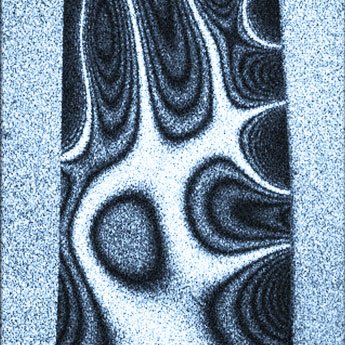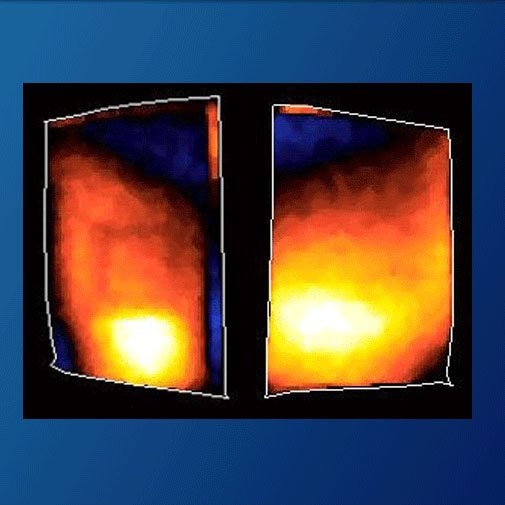One-Stop Spin Testing
The Issue
One difficulty customers often encounter in outsourcing spin testing programs is the need for multiple vendors to satisfy varied program requirements. These requirements can include designing and fabricating the spin tooling, performing spin tests, conducting inspection services, and providing failure analysis.
Download Our Spin Testing Ebook
Why It Matters
Juggling different vendors can be time consuming and frustrating. Vendors often collect data in different ways, utilize different software systems, provide reports in different formats, and require separate purchase orders. Sharing program data among vendors without established working relationships can place significant additional time pressures on customers. With test programs that require meticulous recordkeeping, micro-managing multiple vendors can add significant time and expense to the program.
What You Can Do
Test Devices has developed a group of strategic partners – expert and dependable vendors who provide adjunct services to spin testing. Working with our strategic partners, Test Devices enables customers to produce a single purchase order to Test Devices. Our customers can benefit from seamless project management, start to finish.
Some of the adjunct services offered by Test Devices (in addition to our own tooling design/fabrication, balancing and spin testing) are outlined below.
Download Our Spin Testing Ebook
One-Stop Inspection Services
Fluorescent Penetrant Inspection (FPI): A nondestructive inspection method used to detect cracks and other flaws at the surface of components. Flaws are evident by a glowing bright indication when viewed under black light. FPI can be performed on any non-porous material, and is particularly helpful for detecting flaws in non-magnetic aerospace super-alloys, such as Inconel® and Waspalloy®, where Magnetic Particle Inspection (MPI) is not an option. FPI can be an invaluable segment of low cycle fatigue test programs, as well as other spin tests.
American Society for Non-Destructive Testing (ASNT) certified technicians perform the inspections. Components inspected range from simple geometry components to complex jet engine rotor parts, which may include bolt holes, blade routes, and rotor bores.
Magnetic Particle Inspection: A nondestructive inspection method used to detect surface and subsurface cracks and other flaws in ferrous (magnetic) components. Flaws are evident by the collection of particles in areas of “magnetic leaks” on the surface of the component. American Society for Non-Destructive Testing (ASNT) certified technicians perform the inspections.
Eddy Current Inspection (EC): A nondestructive inspection method used to detect surface and subsurface cracks and other flaws in ferrous (magnetic) components. Also used to measure flaw size.
Eddy current inspection is based on inducing electron flow (eddy currents) in electrically conductive materials. The procedure involves calibration of the probe (eddy current sensor). Representative defects (similar to expected flaws) are installed into material having similar composition and geometry as the component to be inspected. Instrumentation settings are optimized during the calibration process to ensure that all artificial defects are detected. Following successful calibration, the eddy current probe(s) are traced over the sections of the component that are susceptible to development of defects. Detected flaws show up as spikes in impedance on graphs.
X-Ray Inspection: Used to find anomalies in alloy components caused by porosity, inclusions, or abusive machining practices. X-ray inspection is often used by Test Devices to ensure raw material is homogeneous for the rigorous requirements of spin tooling, where failing a spin arbor is not an option. Additionally, X-ray is offered to customers who require internal inspection of rotating components.
Ultrasonic Inspection (UT): A nondestructive inspection method used to detect surface and subsurface cracks and other flaws in ferrous (magnetic) components. UT uses sound waves to detect flaws and measure material thickness. UT inspection is often used by Test Devices to ensure raw material is homogeneous for the rigorous requirements of spin tooling, where failing a spin arbor is not an option. Additionally, UT is offered to customers who require internal inspection of rotating components.
Download Our Spin Testing Ebook
Instrumentation
Instrumentation in spin testing usually refers to strain gauges, thermocouples and resistance temperature detectors (RTD’s). For spin tests that require data to be recorded from the rotating assembly, Test Devices uses a world-renowned vendor with over 30 years of experience in static and dynamic strain measurement. This vendor specializes in the installation of strain gauges and ancillary sensors (thermocouple, RTD and heat flux). Instrumentation is expertly installed by sensor application technicians, taking great care that the instrumentation and lead wires are installed to survive the high “g” field spin testing environment to which they will be exposed.
Surface Treatments
Surface treatments can make components more durable. One method commonly used in the aerospace industry to increase component life is shot peening, which involves bombarding a component with shot material, typically steel, ceramic or glass bead spheres, of 0.010 inch diameter.
As the shot media contacts the component, it imparts small indentations resulting from yielding of the component material. The surface compressive stress increases component resistance to fatigue failures, lengthening component life by lowering the mean stress under cyclic conditions and eliminating the detrimental effects of abusive machining and other forms of processing. Shot peening typically is effective to a depth of 0.006 to 0.008 inch.
Through our shot peening vendor, Test Devices offers this service to customers who need to decrease the potential initiation of cracks due to abusive machining or material flaws.




